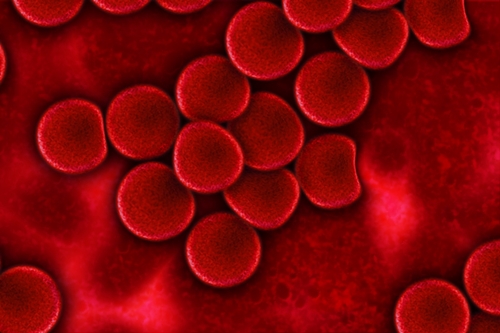14 April 2016. A new process is shown to regenerate therapeutic coatings on implanted medical devices in lab tests and with animals, possibly extending the devices’ lifetimes in patients. The techniques, developed in the lab of Harvard University biomedical engineering professor Elliot Chaikof, are described in the 13 April 2016 issue of the journal Nature Communications.
Chaikof and colleagues at Beth Israel Deaconess Medical Center, affiliated with Harvard Medical School, and the Wyss Institute of Biologically Inspired Engineering also at Harvard, address a problem with newer implanted medical devices, such as stents and heart valves, in regular contact with blood. These devices have thin-film coatings [sponsored link] of molecules or drugs to prevent clots or inflammation, such as restenosis where inflammation blocks arteries after bare-metal stents are implanted.
But these coatings have limited lifetimes, which only temporarily delay the need to replace the devices. “Not only do they have a finite reservoir of bioactive agents,” says Chaikof in a Beth Israel statement, “but the surface components of the thin films also degrade or lose their effectiveness when exposed to the physiological environment over time. Presently the only solution is to replace the entire device.”
The new technique developed by Chaikof and co-author David Liu, a Harvard chemistry professor, harnesses an engineered form of the enzyme Staphylococcus aureus Sortase A, which in its wild form can act as a catalyst to link sequences of peptides, or short protein chains. The engineered form, known as eSrtA, boosts that catalytic ability 120-fold. Moreover, eSrtA can break apart as well as link the peptide sequences, and repeat those functions over and over.
The researchers first tested eSrtA with thrombomodulin, a protein with anti-clotting properties, attached to simulated device surfaces. Results show adding eSrtA was able to regenerate thrombomodulin activity on the device surfaces in whole blood, with the thrombomodulin still able to produce anti-clotting factors for as long as 28 days.
The team then added eSrtA to thrombomodulin coatings on venous access catheters, first in lab mice, then in the jugular veins of rats. After 7 days, coatings on the catheters in rats were still charging, stripping, and recharging thrombomodulin. “We found that through a two-step process of removing and replacing bioactive coatings,” notes Liu, “eSrtA enables rapid, repeated thin-film regeneration in the presence of whole blood in vitro and in vivo.”
While these proof-of-concept findings were promising, the authors say much work remains. Since eSrtA is derived from bacteria, its ability to generate an immune reaction needs to be determined. The entire lifetime of device coatings with eSrtA also needs to be measured, along with the number of times coatings can be regenerated, and whether interactions with other biological processes allow bioactive coatings to be accessed over time.
Read more:
- NIH Funds Biosensors to Monitor Oxygen in Tissue
- Stem Cell Biotech Licensing Blood Vessel Repair Technology
- Hydrogel Injection Tested to Treat Advanced Artery Disease
- Trial Shows Clot Prevention Drug Safe, Reversible
- Heart-Powered Leadless Pacemaker in Development
* * *


 RSS - Posts
RSS - Posts
You must be logged in to post a comment.